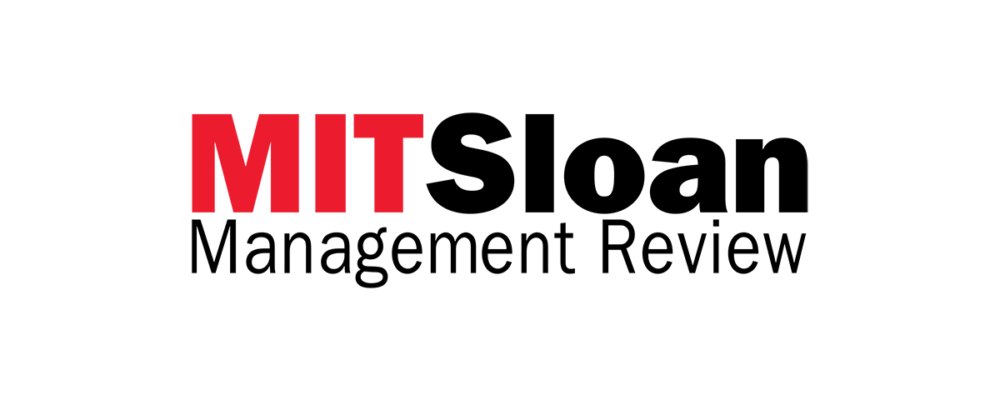Sjoerd van Leeuwen/theispot.com
Imagine a product that millions of people find frustrating to use because of a design choice that could have easily been avoided. If it were your product, wouldn’t you want to know who was frustrated by it and why, how to fix the problem, and how your organization could avoid making similar mistakes in the future?
Obviously, letting a customer down is bad for business. Yet some products do this every day, unintentionally.
Consider, for instance, how marketers and designers use color to create a distinct visual identity for their products and brands. Decisions about color are often based on the expectation that all users can see the colors that are chosen. But such an assumption might unintentionally exclude colorblind users, who account for 8% of the global population. Recognizing the importance of designing for accessibility, Adobe Color provides accessibility tools that enable designers to select hues directly from the color wheel at the start of the design process, helping them to avoid issues later.
Get Updates on Innovative Strategy
The latest insights on strategy and execution in the workplace, delivered to your inbox once a month.
Please enter a valid email address
Thank you for signing up
Businesses have an opportunity — and a responsibility — to widen their lenses when considering whom their products are designed for. Inclusive product design aims to facilitate a match between the product and a diverse set of users, which can cultivate wins for the business, customers, and society in the process. Even small acts of attentiveness can yield significant results by making products usable by a larger population.
ADDRESSING User Diversity
Inclusive product design starts by understanding and considering the many dimensions of identity. Recent research, by Vanessa Patrick and Candice Hollenbeck, published in the Journal of Consumer Psychology, has introduced psychologist Pamela Hays’s ADDRESSING framework of sociocultural identity to the field of marketing. The factors on which the acronym is based — Age, Developmental and acquired Disabilities, Religion/spirituality, Ethnic/racial identity, Socioeconomic status, Sexual orientation, Indigenous heritage, National origin, and Gender — can help product teams discern underrepresented groups across the spectrum of identities.
Even companies that recognize the importance of inclusive product design might find themselves unsure about how to approach this work when faced with constraints and competing priorities. Using the ADDRESSING framework, we highlight four sets of questions that you can pose to expand the lens through which to view your product’s target market, build an inclusive product development process, and develop inclusive innovations.
Questions to ask to include edge users in your target market.
Reprint #:
“The MIT Sloan Management Review is a research-based magazine and digital platform for business executives published at the MIT Sloan School of Management.”






